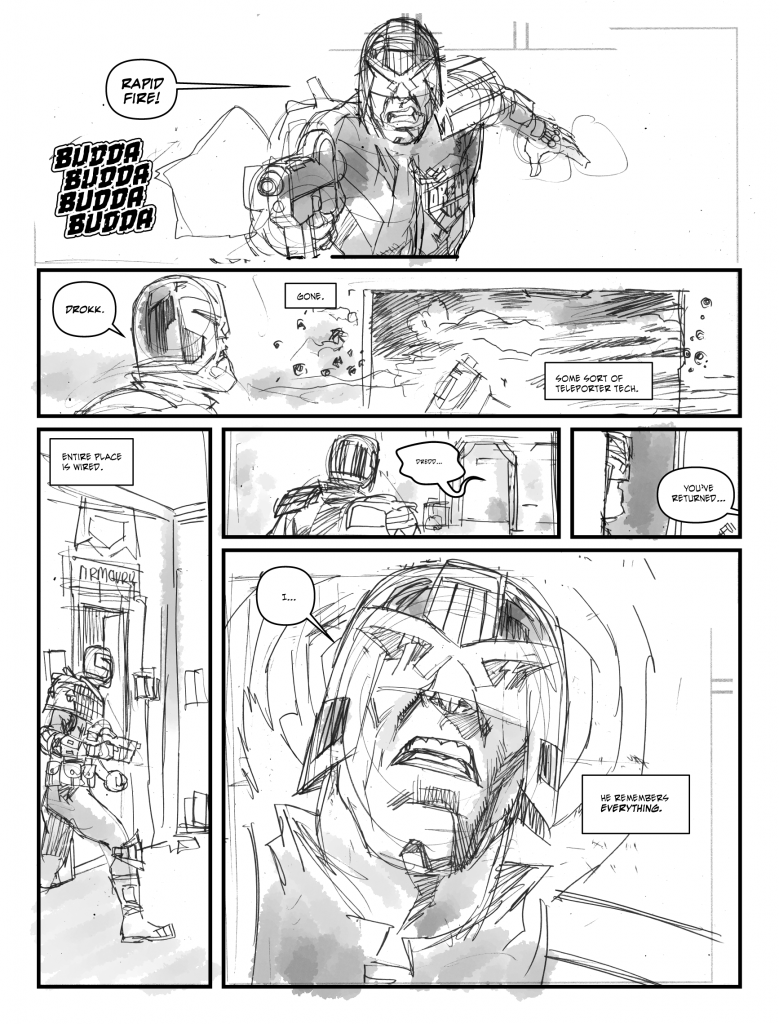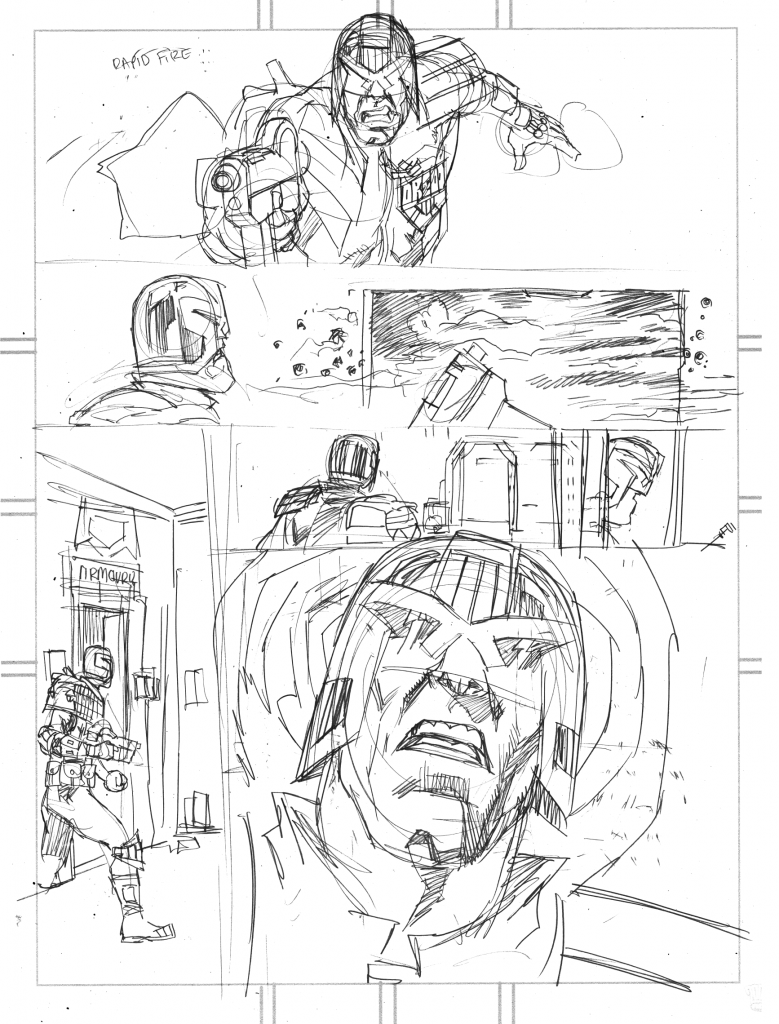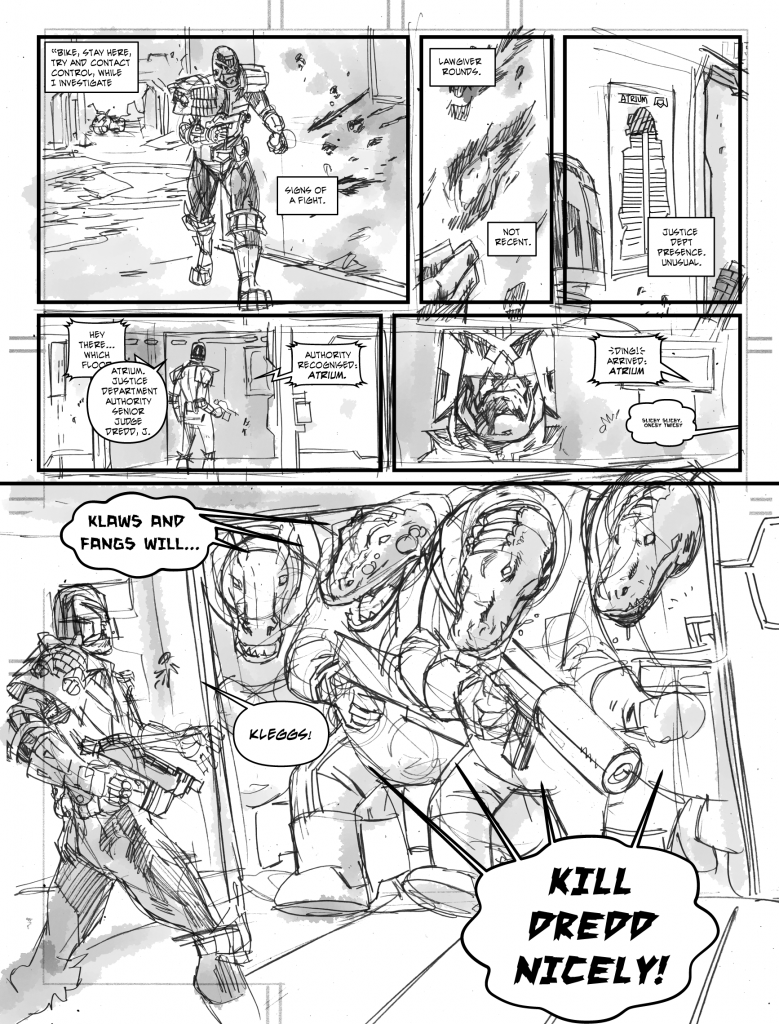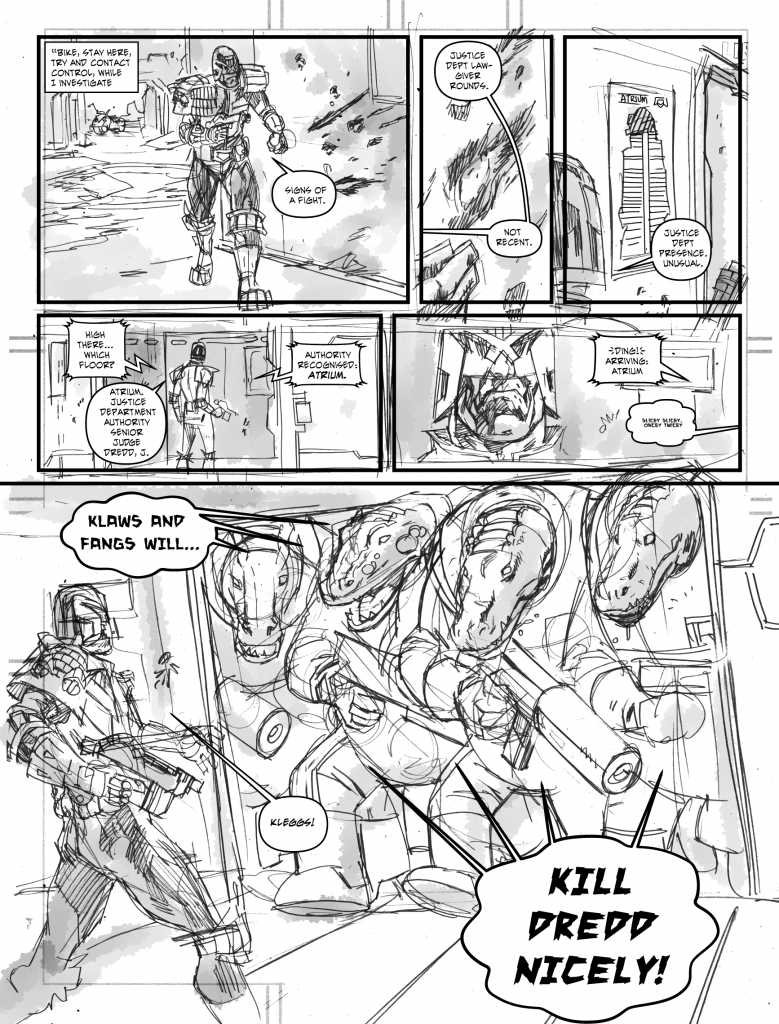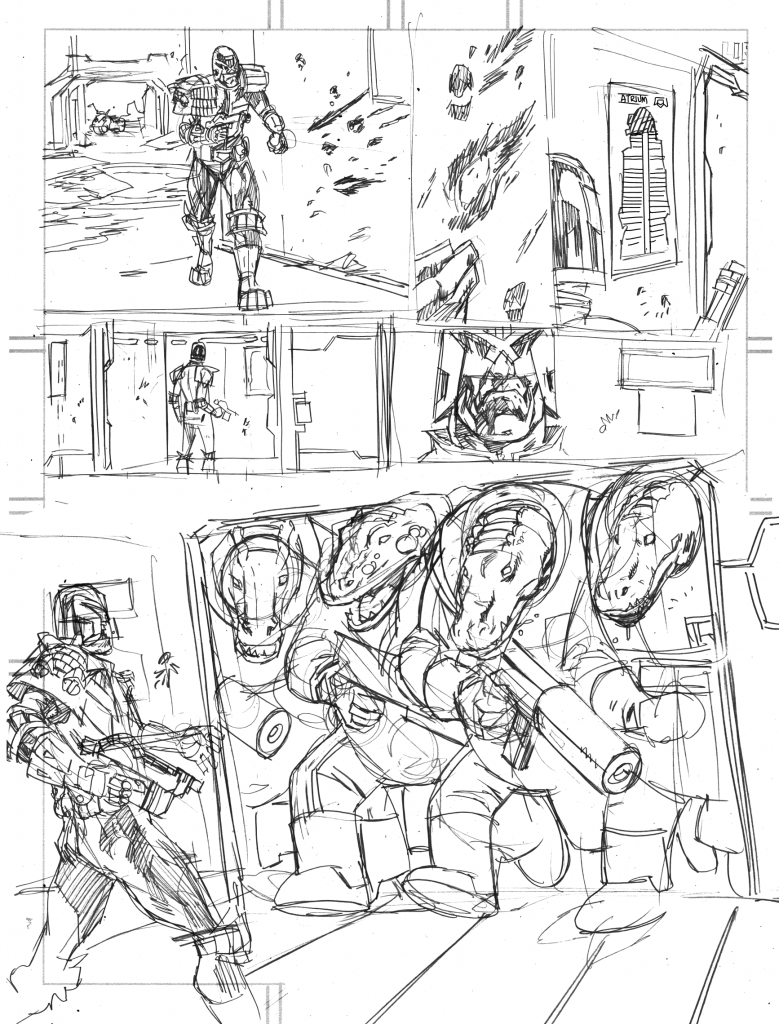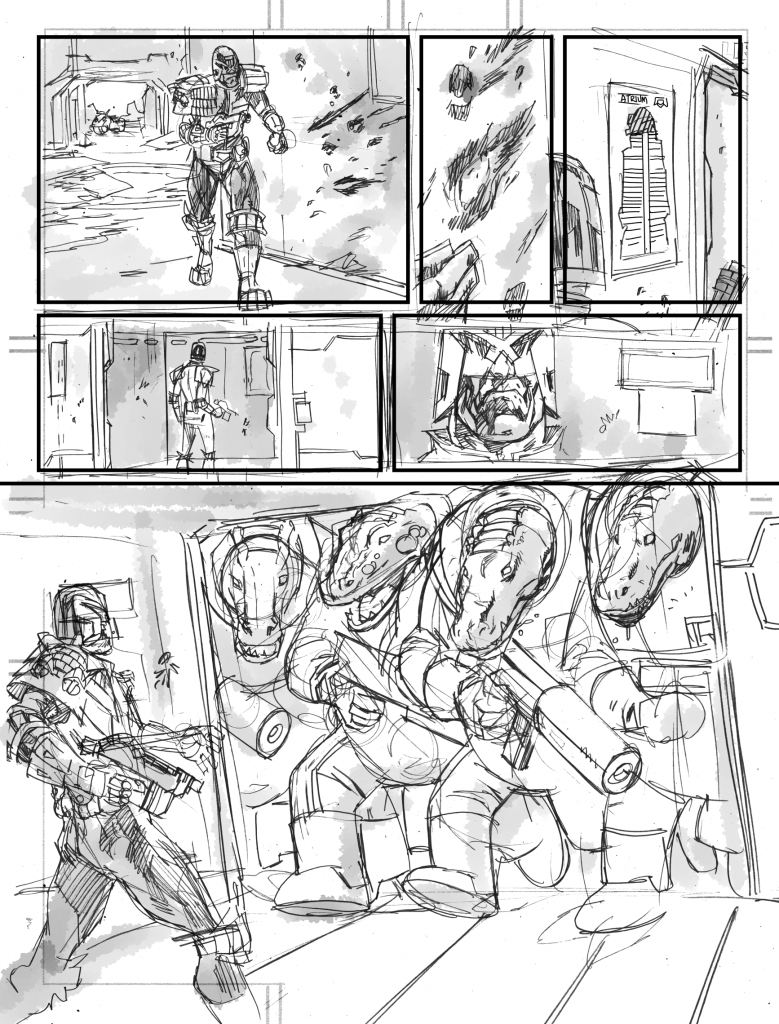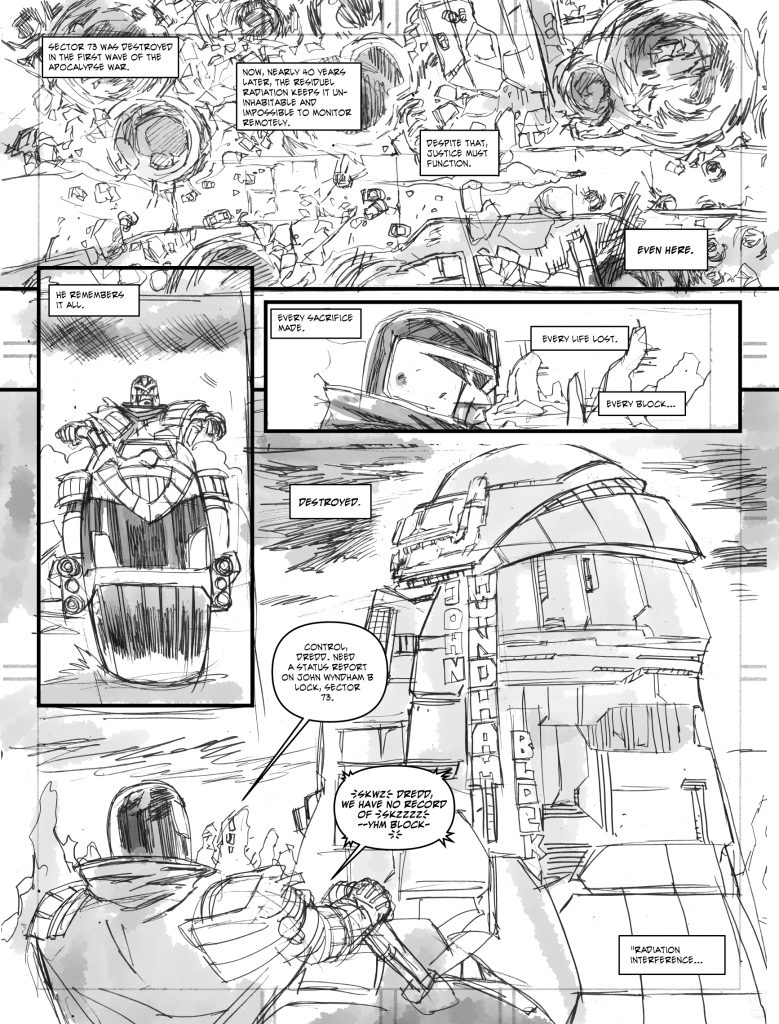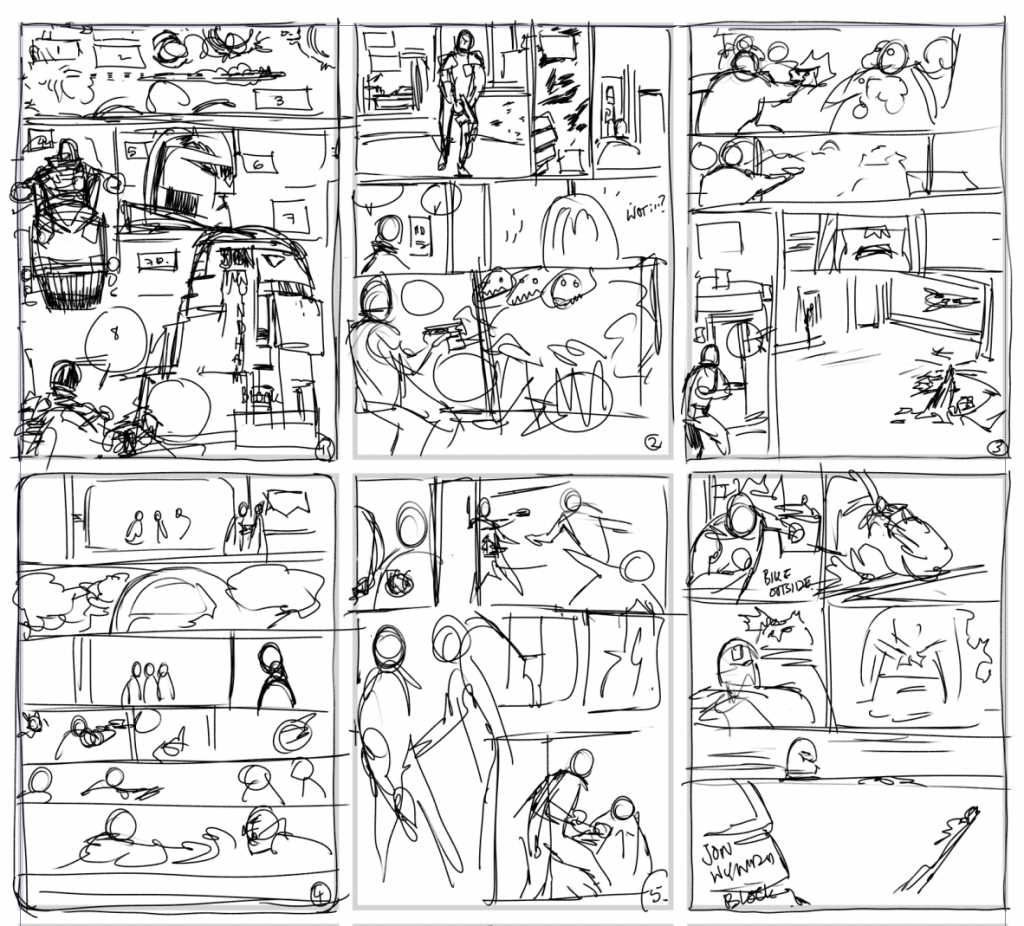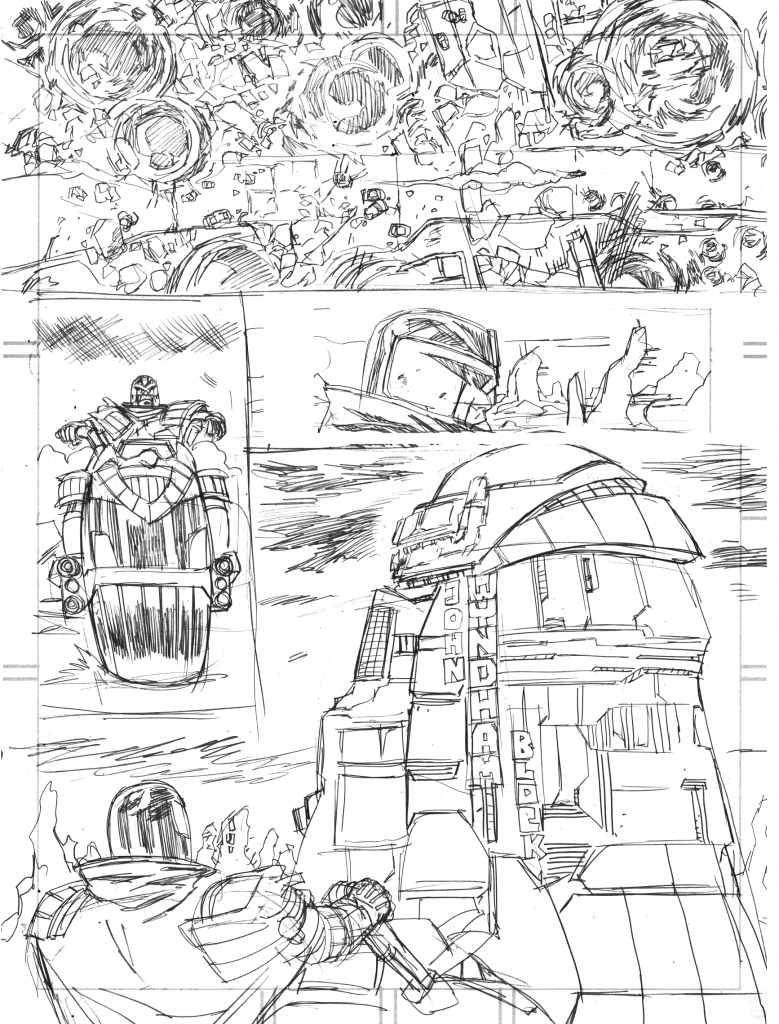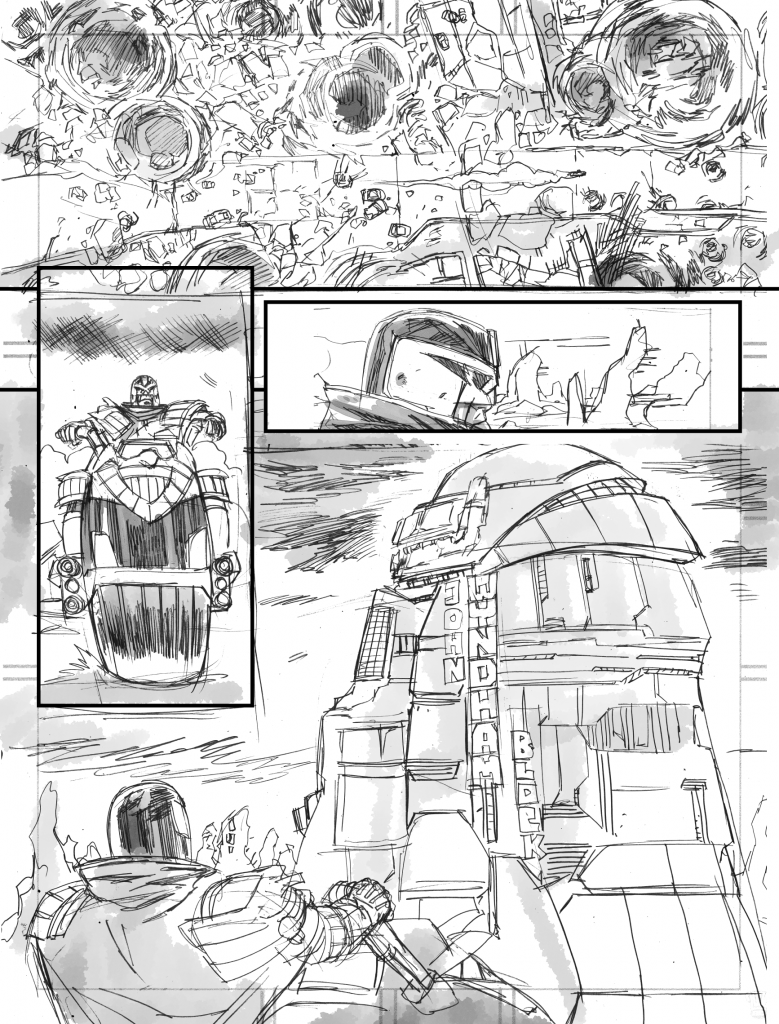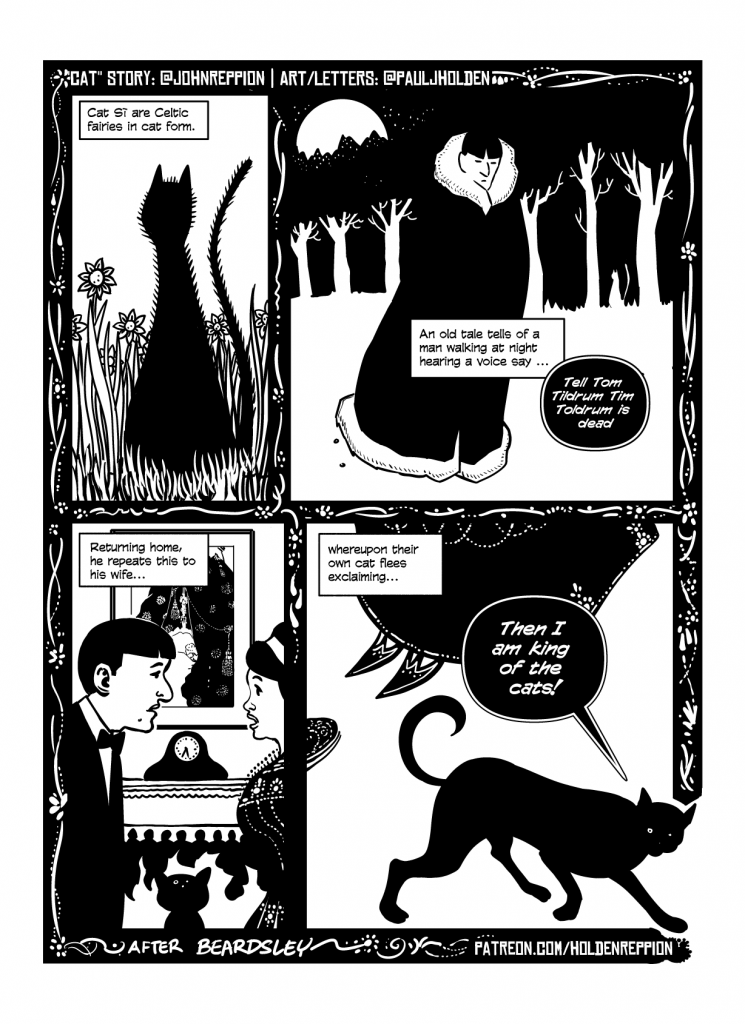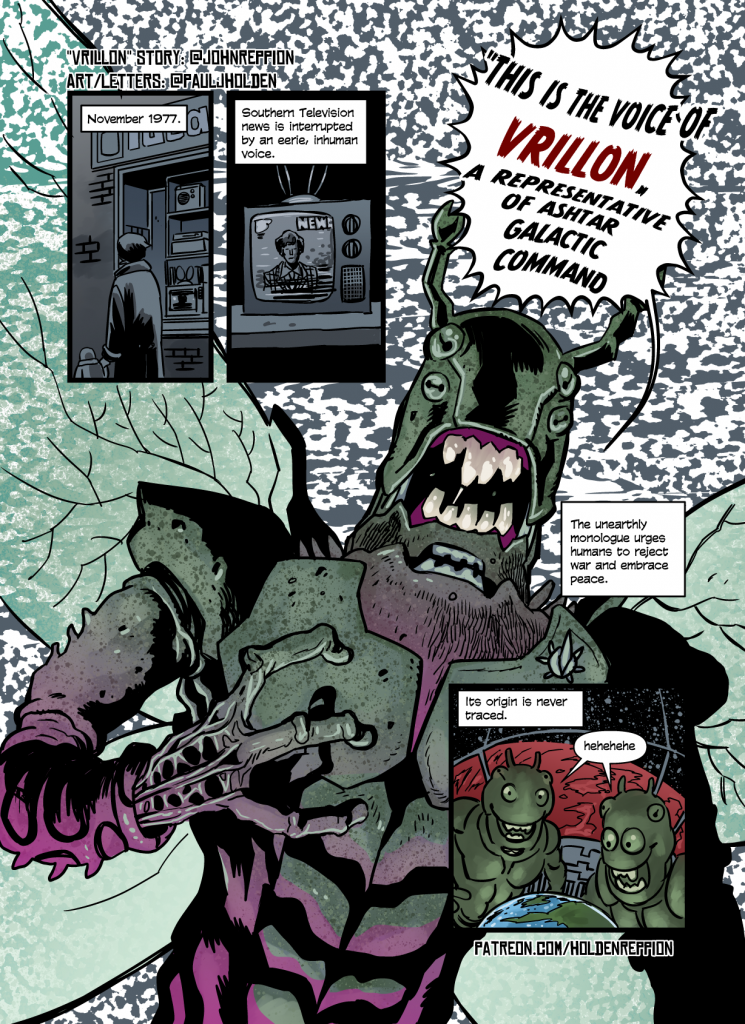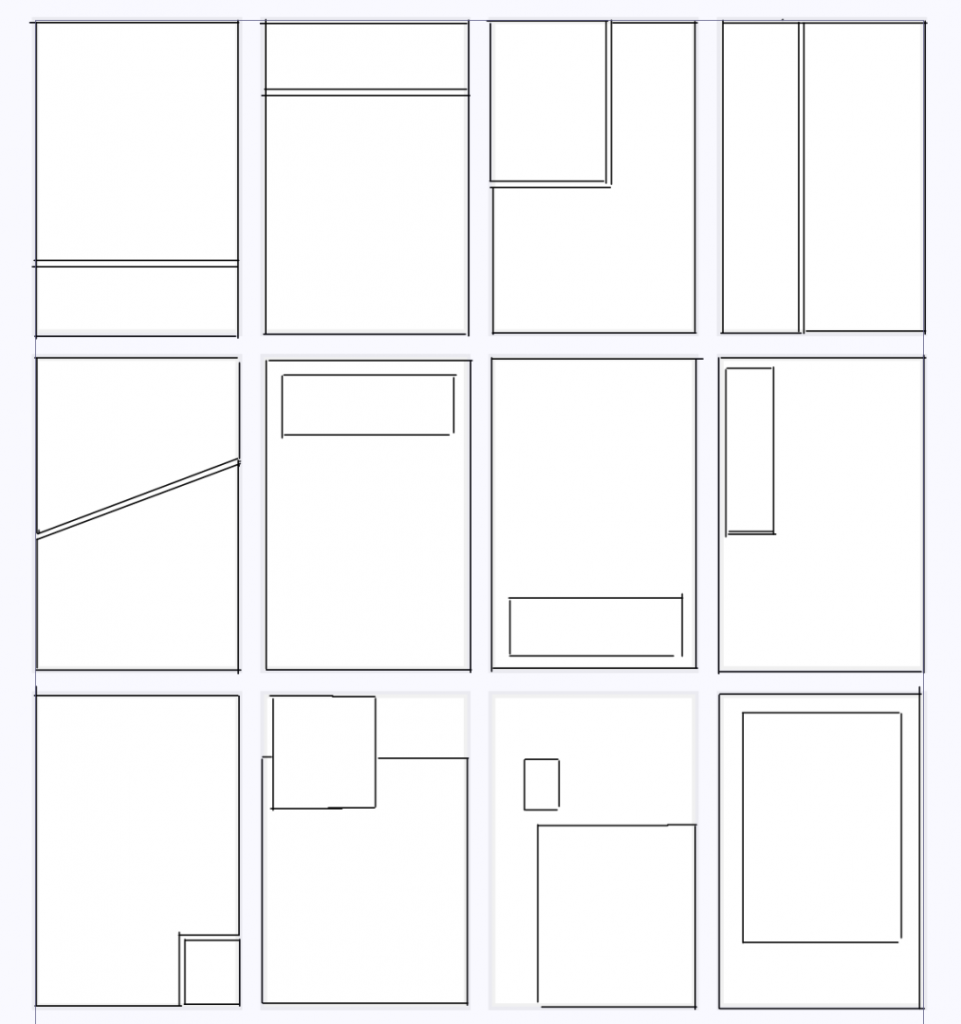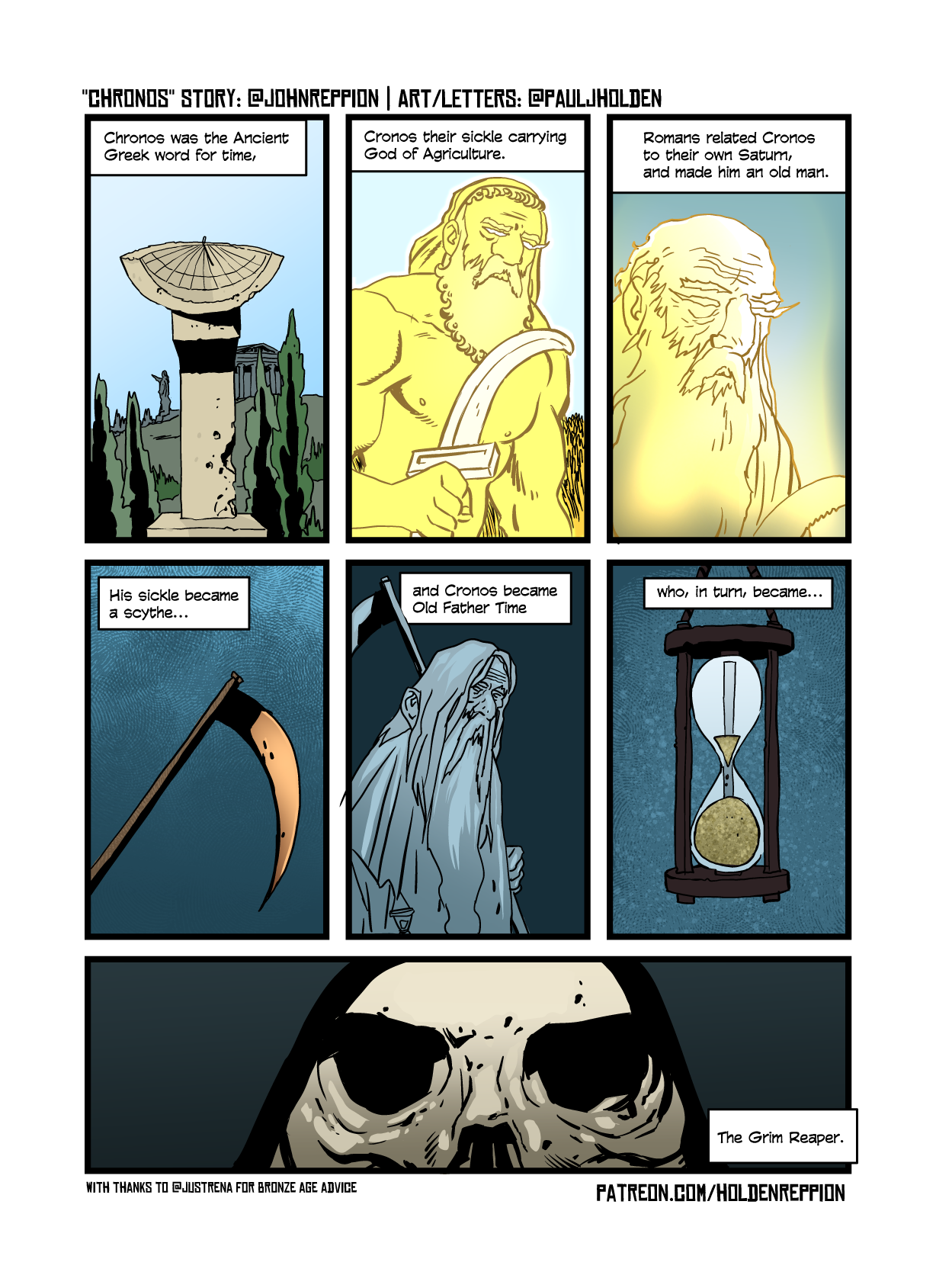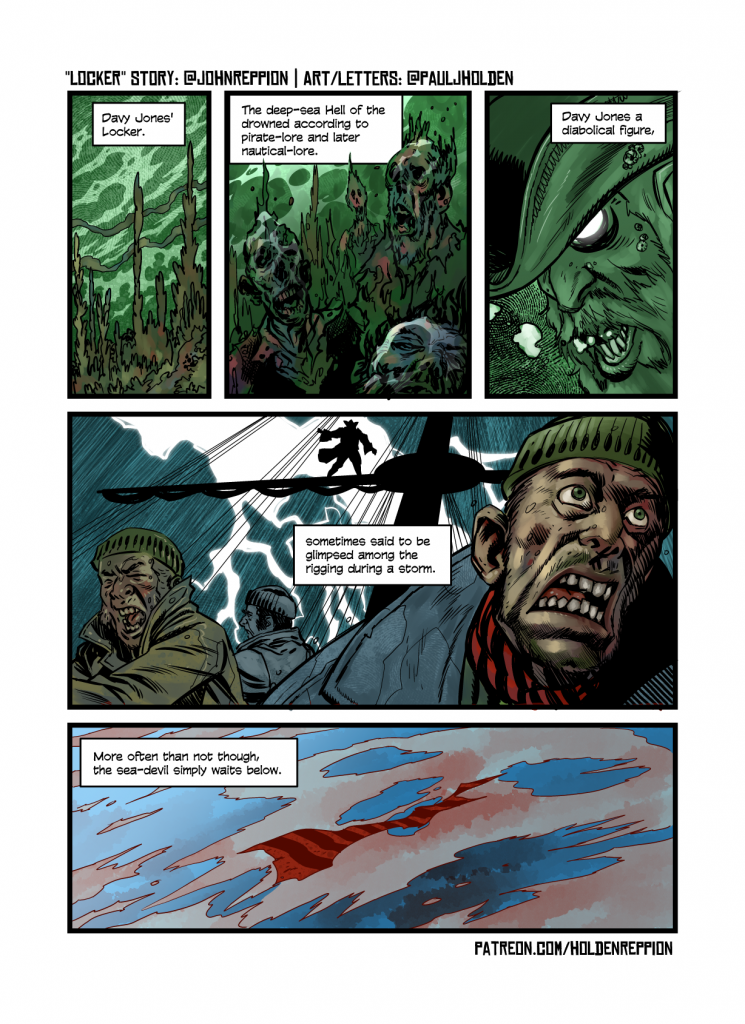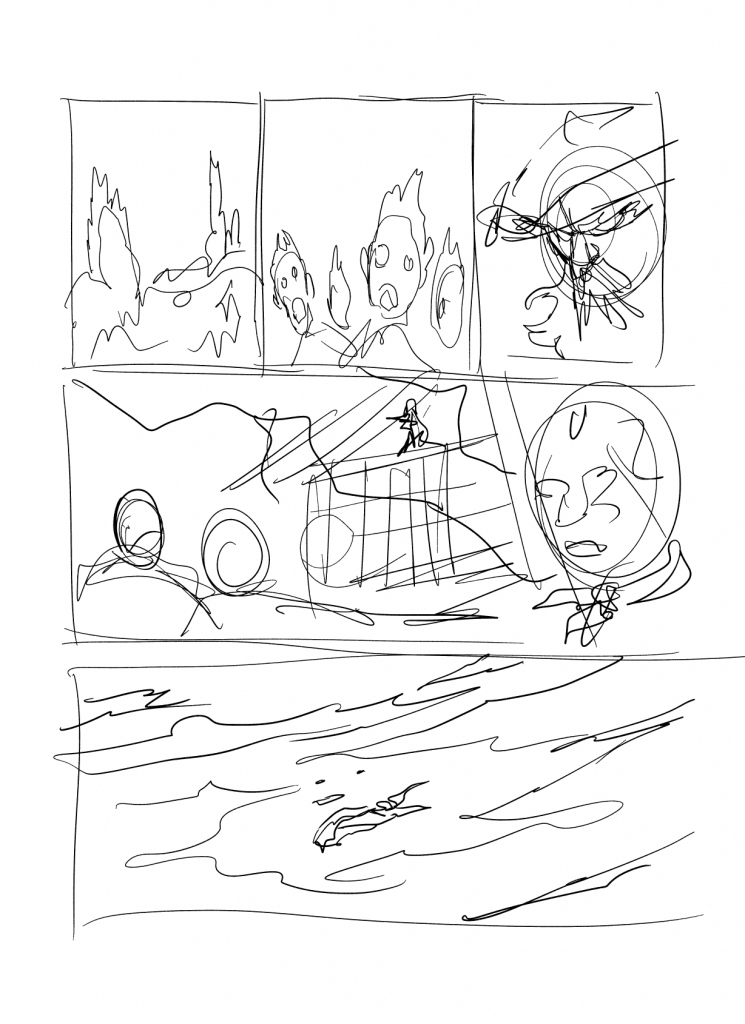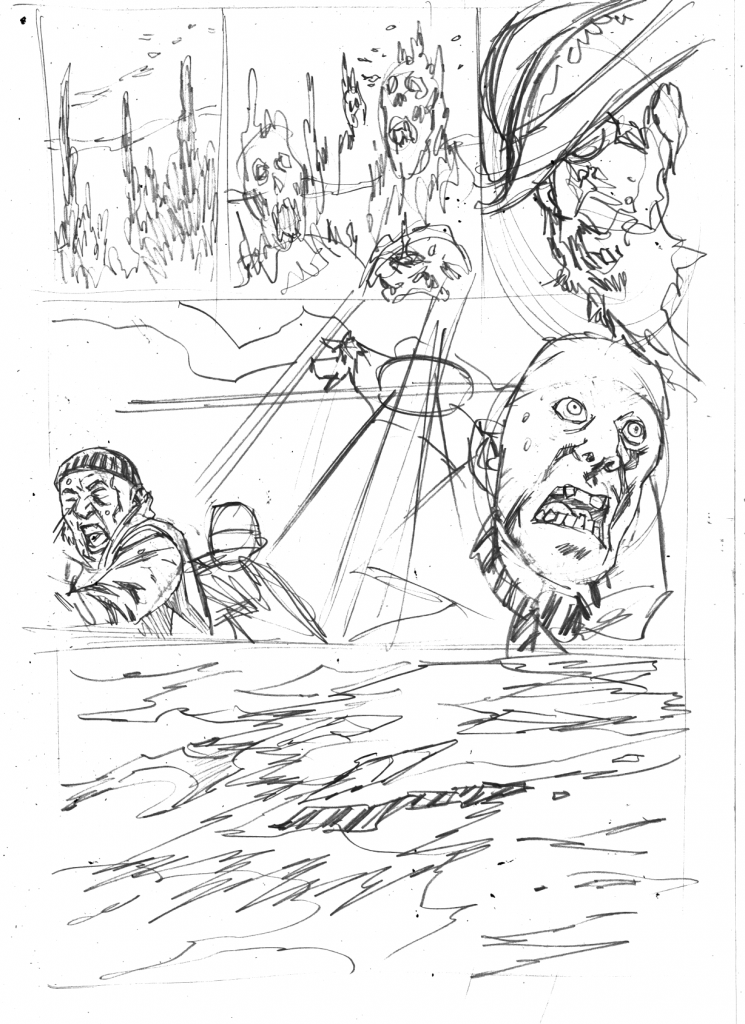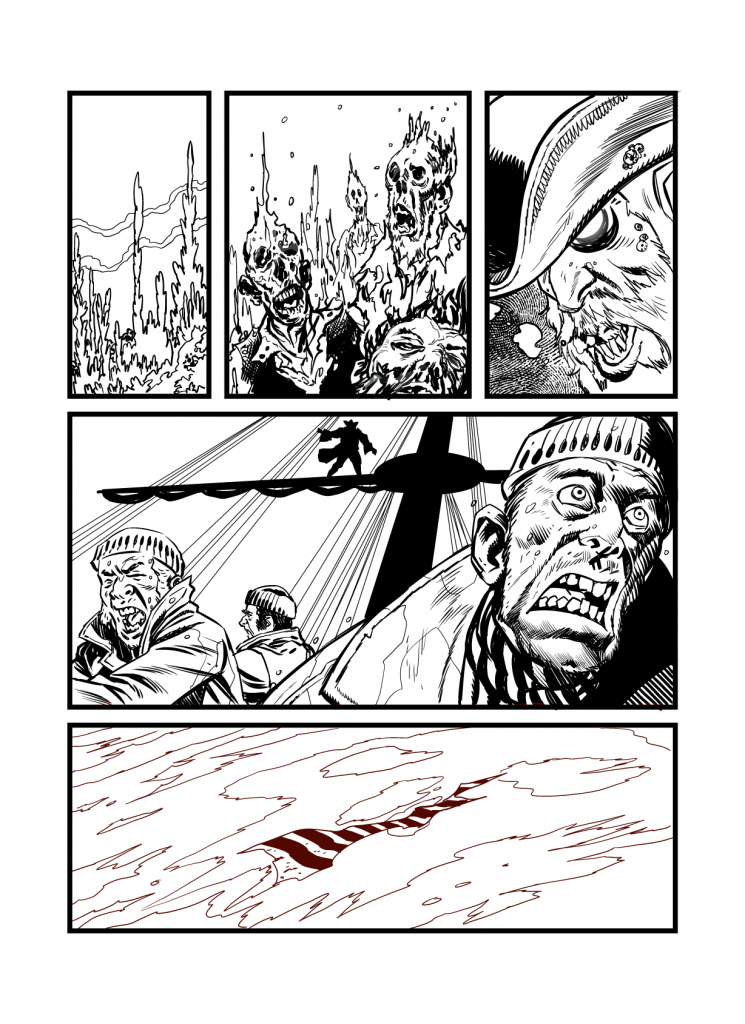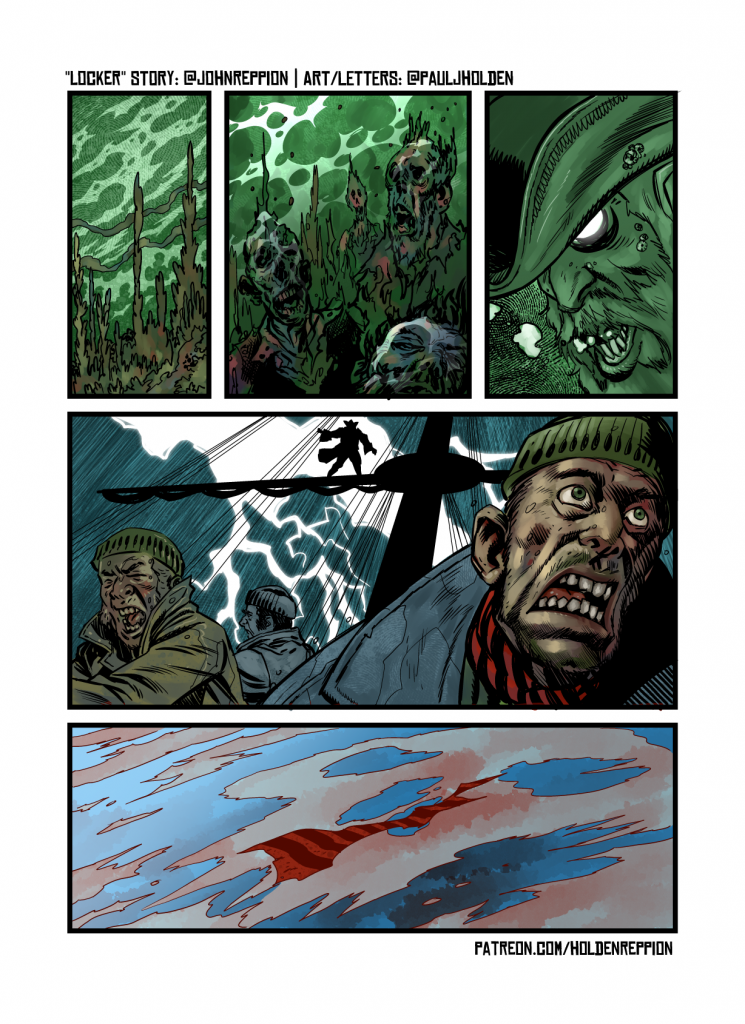“How long does it take you to do a page?”
Every comic artist has had to answer that one at some point (and more often than not, they have to answer that one over and over again, both to fans at conventions, to family and friends who’ve no idea and to other working professionals, and finally, most hauntingly, to editors…)
For me, the answer is and will always be: a page a day. (it’s also reassuringly definite)
I mean, it’s a lie. Sometimes I can do two (sometimes three!) pages per day (3-4 hours of solid work can get a page done depending on what’s on it) and sometimes a page refuses to cooperate and can take a week or more (I mean, only when the deadline has the slack built in, otherwise you’re shooting yourself in the head doing that).
There’s a good blog post here about schedules and working within deadlines. They talk a lot about 200 page graphic novels (longest I’ve ever done is 174 pages, and it took a year – longer than I’d anticipated owing to family illnesses)
To help me work through deadlines and jobs, I sometimes use my “comics calendar” – it has 25 boxes – representing 25 pages for each month.
If I can get through each month and tick each of those 25 pages then I know I’m on schedule.
Sometimes I’ll adjust that up or down, for me 25 pages is doable (I’ve done 50 page months before… they were pretty good pages, but it is hard work)
I’ll combine this comics calendar with a proper big wall chart calendar, so I can keep track of when I’m doing work and how much. Subscribing to the Seinfeld joke writing method – essentially put an X on every day that you draw a page, and keey going til all the Xs join up.
And if you work full time and a page a day is just an absolute impossibility (and I sympathise, I worked part time for the first decade of my professional comic drawing career)-then divide the page down into chunks you know you can do – half a page, a quarter of a page, the pencils – single panels, then everytime you do a chunk put and X and move on to the next. Even if you imagine you can do a quarter of a page everyday with a full time job, and you do that every day, that’s still 90 full pages of comics per year…
Here’s my comic progress chart – I mark each project with a different highlighter colour and mark it off through the month – if I only do pencils, then I’ll mark half the box in that colour, and then fill the box when the page is completed.
Oh, and one last thing, I’ve blogged about it and talked about it before, but the pomodoro method is an incredible useful tool to get stuff done. It breaks work into 25 minute highly focused chunks with a 5 minute break with every fourth 25 minute break followed by a 25 minute break. Even if you can only get two of those 25 minute chunk in a day and you do it every day (al Seinfeld method) then you’ll be amazed at how much work you can get done.
There’s apps to make it easier, but you can do the same with a kitchen timer – the app I use is called focus keeper and it’s on the iphone or ipad.
Anyway, all said and down the big, horribly obvious advice is, knuckle down, do the work, don’t get distracted by writing a massive blog post, like I just did. Keep drawing!
-pj
